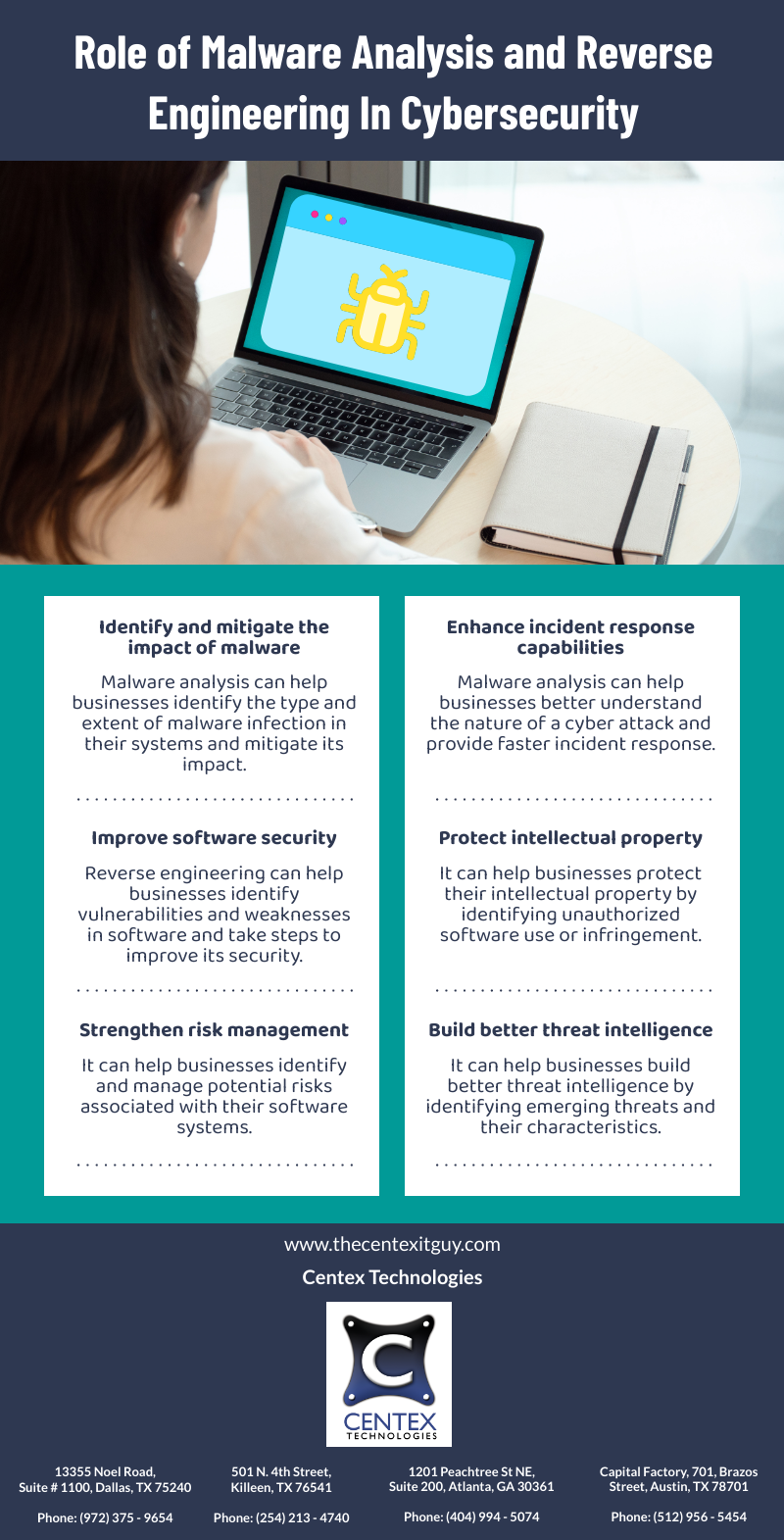As cybersecurity threats become more frequent and sophisticated, it is imperative for businesses to take proactive measures to protect their software applications from potential attacks. This is where application security and secure software development lifecycle (SDLC) come into play.
What is Application Security?
Application security pertains to the practice of identifying, mitigating, and preventing security vulnerabilities in software applications, encompassing both web-based and mobile applications. Its main objective is to ensure that applications are secure and guarded against potential cyber threats. To achieve this, security controls are integrated throughout the development lifecycle, starting from design, all the way to deployment and maintenance.
The Importance of Application Security
Business applications typically contain sensitive data, including customer information, financial data, and proprietary business information. If this data is compromised, it can be exploited for malicious purposes, such as identity theft, fraud, or corporate espionage. Therefore, it is crucial to develop secure applications to safeguard against such risks.
Additionally, application security is vital for ensuring regulatory compliance. Various industries, such as healthcare and finance, are obligated to adhere to strict regulations that mandate the protection of sensitive data. Failing to comply with these regulations can lead to serious legal and financial repercussions.
Secure Software Development Lifecycle (SDLC)
The secure software development lifecycle (SDLC) is a comprehensive process that aims to guarantee that software applications are developed with security as a top priority. The SDLC framework is designed to detect security vulnerabilities early in the software development process and address them proactively, minimizing the potential for security breaches or attacks after deployment.
The Stages of SDLC
Planning Phase
During this initial stage, the software development team outlines project objectives, scope, timelines, and expected deliverables. In terms of security, this stage involves assessing the potential security risks and determining security requirements.
Design Phase
During the design stage, the team creates a detailed plan for the software application’s architecture, including the overall system design, database structure, and user interface. Security requirements are incorporated into this stage to ensure that the application’s design is secure and can withstand potential attacks.
Development Phase
This stage involves writing the code and developing the software application. The development team follows secure coding practices, such as input validation and data sanitization, to ensure that the application is secure and free from vulnerabilities.
Testing Phase
The testing stage is where the software application is tested to ensure that it meets all functional and security requirements. This stage includes both manual and automated testing to identify any security vulnerabilities that may have been missed during the implementation stage.
Deployment Phase
The deployment stage involves deploying the software application into the production environment. This stage includes setting up access controls, configuring security settings, and ensuring that the application meets all security and regulatory requirements.
Centex Technologies is your trusted partner in creating secure applications that protect your sensitive data and maintain regulatory compliance. Our team of experienced developers and security experts follow a comprehensive Secure Software Development Lifecycle (SDLC) to ensure that your applications are secure from design to deployment and maintenance. For more information, call us at: Killeen (254) 213 – 4740, Dallas (972) 375 – 9654, Atlanta (404) 994 – 5074, and Austin (512) 956 – 5454.

